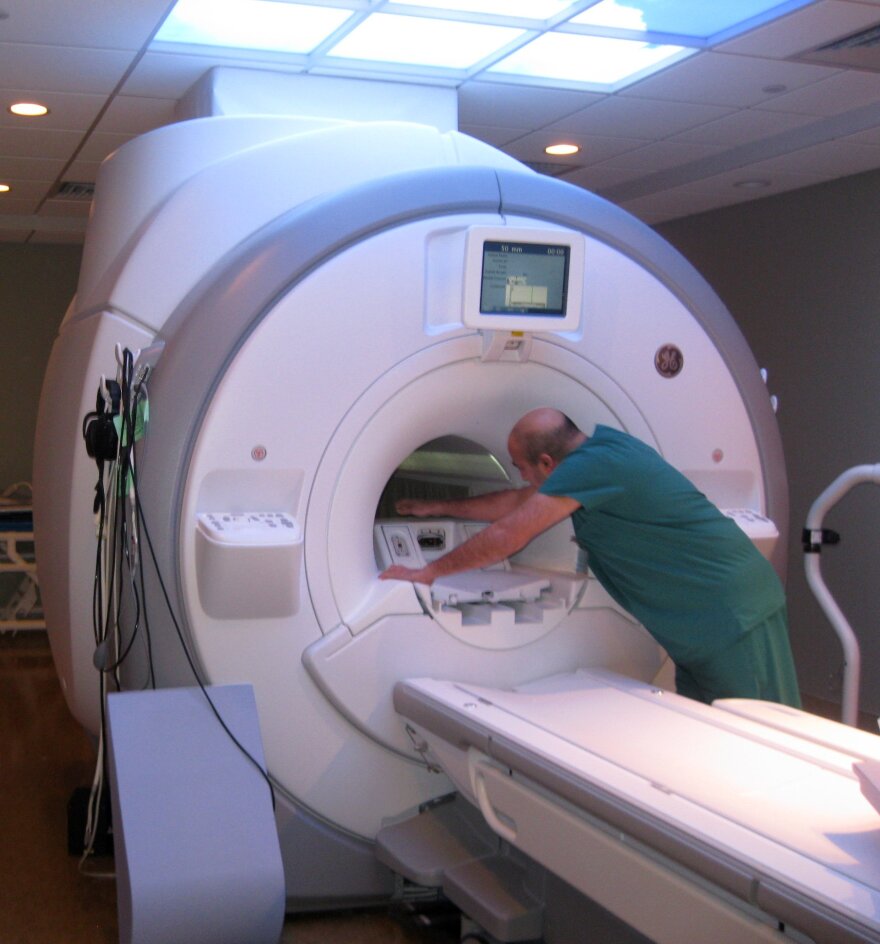MRI machines can be a tremendous help when it comes to visualizing specific areas of the body that other imaging tools just can’t capture. But how do these gigantic machines work, and what’s with that loud banging noise?
This week on “Take Care,” we talk about these magnetic resonance imaging machines with Dr. Scott Buckingham, a radiologist with CRA Medical Imaging in Syracuse, NY.
MRIs allow for the visualization of body parts that otherwise could not be inspected as in-depth, but how these pictures are taken can be explained simply.
“In fairly basic terms, it’s a strong magnet. You are inside the magnet, and while you’re in there … you get the tiniest bit of magnetization in yourself, and that bit of magnetization is sensitive to radio waves,” said Buckingham.
There is even more than one type of picture that the imaging machine can take.
“They can be made in cross-sections or in volumes,” said Buckingham. “That’s one of the interesting things about MRIs, you can choose to set it up to acquire things on a slice by slice basis, or you can actually pick an area and actually interrogate that entire area and get a volume picture.”
Anybody who has had to get an MRI has heard a loud banging noise that comes from the machine while it takes images, but that doesn’t mean the patient should be worried.
“Changing the magnetic field slightly is how we determine what is where, and what tissues are what, and changing the electric current in there causes those magnets to bang around and make that noise,” said Buckingham.
Other than that ominous banging, MRI machines can be daunting for those afflicted with claustrophobia.
Buckingham says that if doctors are aware that patients might be uneasy in this way, and compensate by using an “open” MRI machine.
“There are other magnet designs called open MRIs, where they’re even less constricting. Not that there isn’t hardware around you, but there’s more of a sense of openness,” said Buckingham.
MRIs are massive machines, and certainly come with a large price tag, according to Buckingham.
“A typical, top-notch MRI can easily cost in the millions of dollars. Some open machines, because they are less complex, will be less expensive, less than a million,” said Buckingham. “But almost invariably, [they cost] in the multiple hundreds of thousands of dollars for a good machine, even used.”







